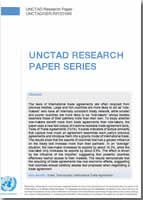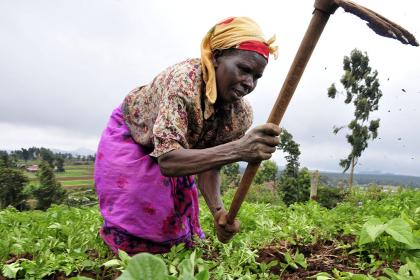
The new conventional wisdom in the development literature is that poor developing countries should transform their production and export structures to achieve sustained growth and poverty reduction.
The Sustainable Development Goals (SDGs), the Istanbul Programme of Action for the Least Developed Countries (LDCs) and the African Union's Agenda 2063 emphasize the importance of export diversification and structural transformation in achieving national development objectives.
Given the crucial role that diversification is expected to play in transforming economies and achieving goals expounded in recent national, regional and global development initiatives, it is necessary to examine the determinants of export diversification in developing countries, particularly those in Africa and the LDCs.
While many papers have been written on the subject, existing studies do not account simultaneously for the role of energy infrastructure and services, weak domestic production structure, and natural resource endowments in the diversification process.
This is an important limitation, particularly in the case of African countries and LDCs, because poor energy services have been identified as binding constraints to production and export in these groups of countries.
This paper attempts to fill the existing gap in the literature. It uses a large sample of developing countries and different regression techniques to analyse the role of various factors on export diversification in developing countries, particularly those in Africa and LDCs.
The key contribution of this paper to the extant literature is that it incorporates simultaneously the roles of domestic production structure, natural resource endowments, and energy infrastructure and services in export diversification in developing countries.
The incorporation of measures of domestic production structure and energy infrastructure capture the well-known idea that poor energy services and weak domestic production structures are binding constraints to exports, diversification and development in Africa and LDCs.
The incorporation of natural resource endowments is justified because many countries in Africa and LDCs are resource-rich and economic theory suggests that resource endowments play a role in the diversification process.
The rest of the paper is organized as follows: section 2 describes the data while section 3 presents the empirical strategy and the regression analyses. Section 4 contains concluding remarks and policy implications.




